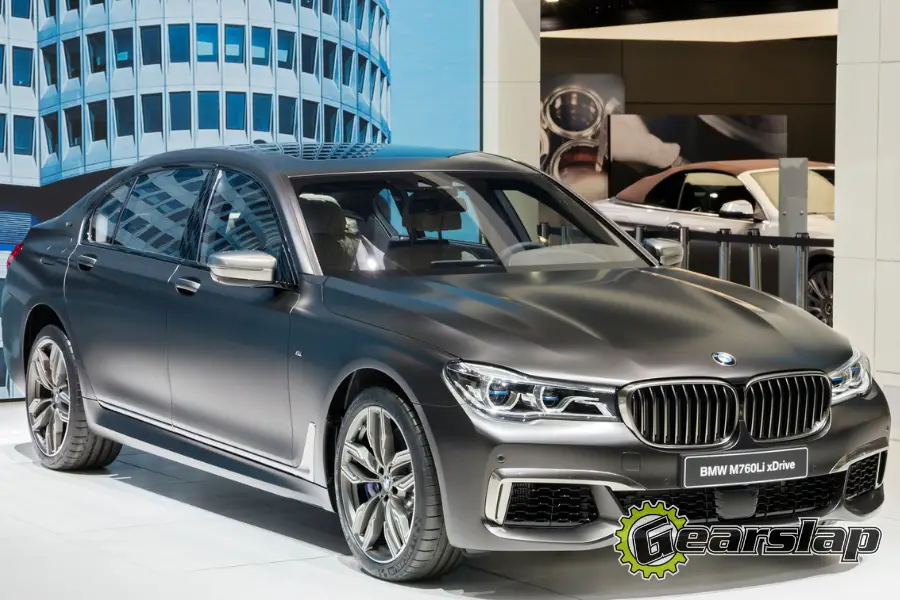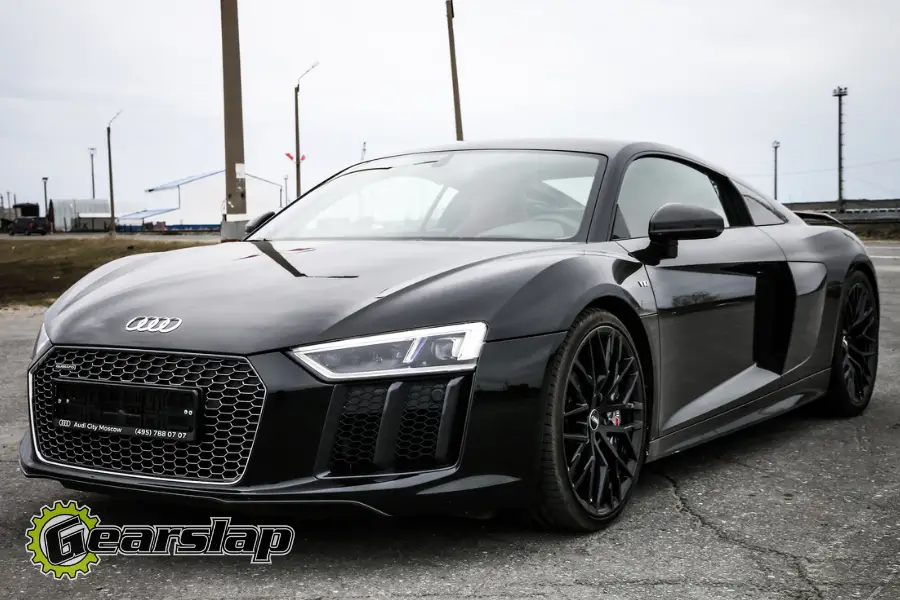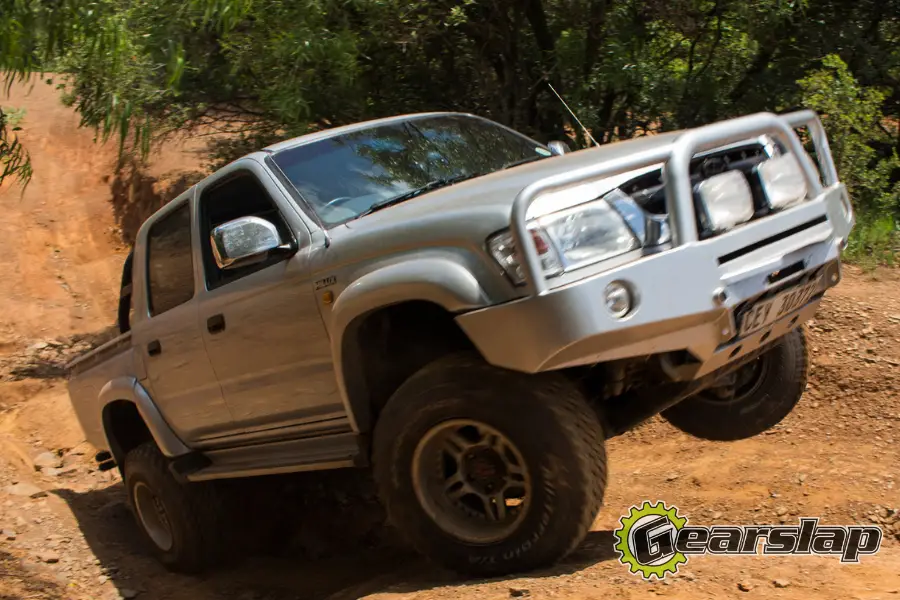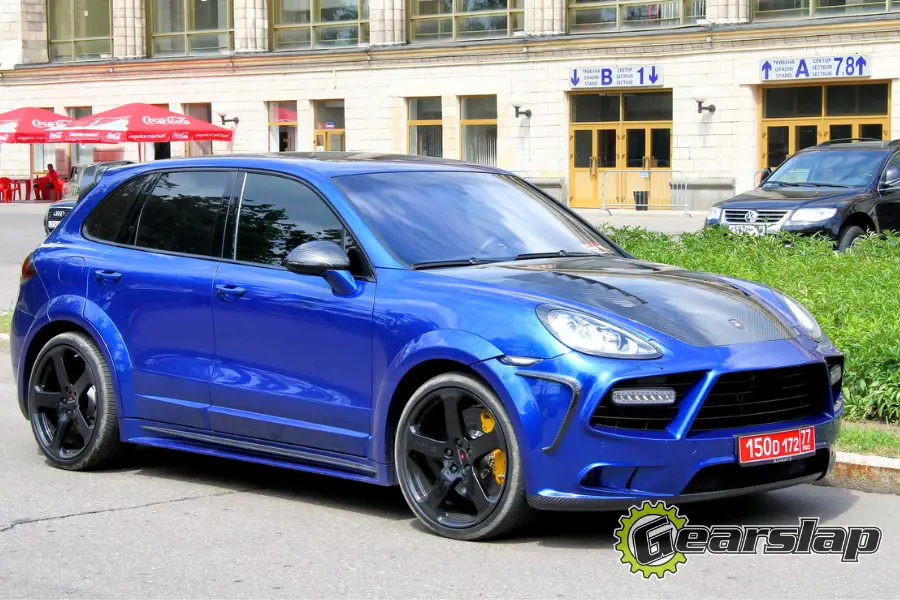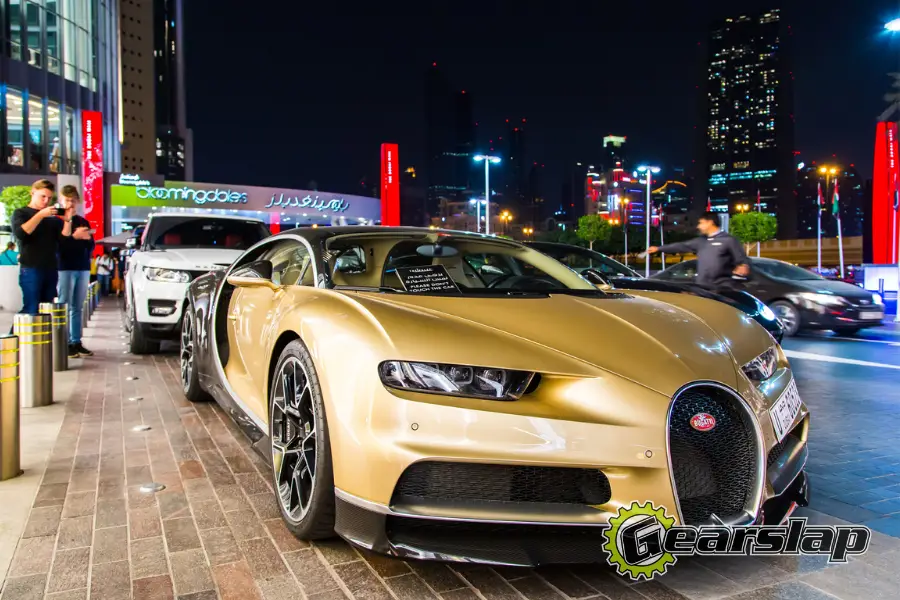The Bugatti Veyron is the ultimate supercar to ever go into production and hit the road for anyone with a couple of million dollars to spare. During its years of production, it was the fastest street-legal car with a top speed of 254 mph.
Its exterior design isn’t half-bad either with its low-slung frame and curvaceous front and rear that’s designed to resist drag, but take advantage of airflow keeping the car on the road. Not only does it look good and go faster than most cars in production today, it’s also highly drivable.
Some supercars look good but are a pain to drive comfortably. VW put its back into making a supercar that’s incredibly fast, features a unique design on the outside and interior, and doesn’t suffer the lousy driving experience of other cars at its level. Here are some facts you should know about the Veyron:
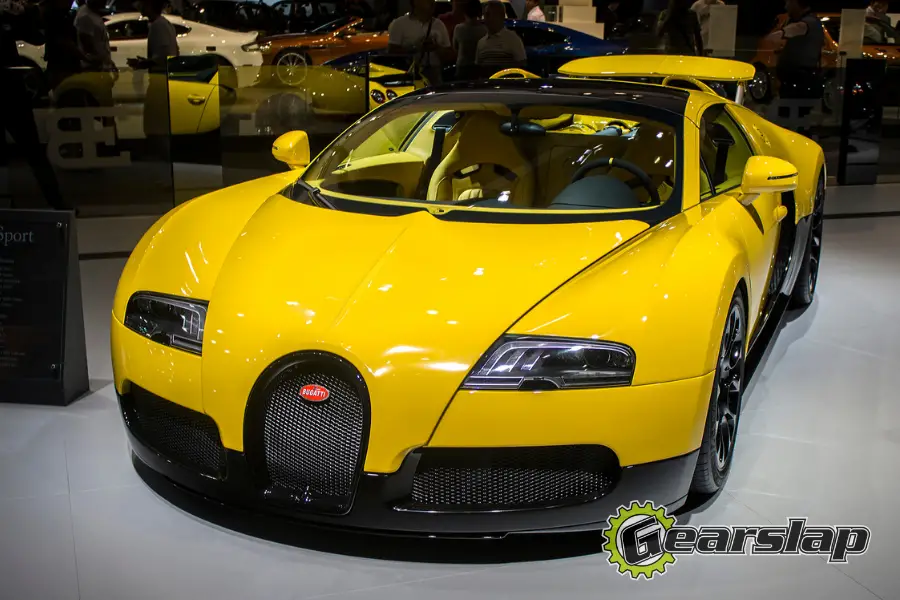
Who Owns Bugatti Now?
Bugatti is owned by Bugatti Rimac, a Croatian electric supercar manufacturer and Volkswagen AG. Rimac owns 55 percent of the company while VW controls the remaining 45 percent. The original company was founded by Ettore Bugatti in 1909, an Italian carmaker who established a factory in Molsheim, a town in the Alsace region of France.
As we recently discovered, Ettore created his first car, the Bugatti Type 13, when he was only 28 years old!
Even though the founder is Italian, the company is considered to be a French automobile manufacturer. Most pronounce the name as “boo-gat-tee”, but it’s actually pronounced “bu-gah-tee”, but you’ll be forgiven for using the first pronunciation.
Why did Ferdinand Piëch Want Bugatti?
Volkswagen Group probably wouldn’t have ever acquired the Bugatti brand had it not been for a very talented engineer and engine developer, Ferdinand Piëch. He was instrumental in bringing on the brand and producing the too-wild-to-believe W16 engine platform.
At the time of the acquisition, Ferdinand Piech was the CEO of Volkswagen Group (VAG) and he quickly began the development of the Veyron – which would go on to be one of the greatest hypercars in history.
When Was the Bugatti Veyron First Produced?
The Bugatti Veyron first reached the market in 2005, but its production was anything but guaranteed. The 16-cylinder, 4-turbo engine was the brainchild of a Volkswagen AG engineer who originally imagined the engine as an 18-cylinder made up of three VR6 cylinder banks. The original version was considered insane, and it was toned down to be only slightly less insane.
However, Volkswagen AG didn’t have a vehicle suitable for the engine and bought Bugatti for the production of the engine and car.
The Veyron is Costly, Even if You Don’t Drive it
The maintenance on a Bugatti Veyron is, as you’d expect, very expensive for a car that originally cost slightly less than $2 million when it first arrived on the scene. All cars, no matter how expensive or cheap they may be, need to be driven to keep them operational.
In order to keep the Veyron operational, they need regular maintenance to the tune of $25,000 annually, and that’s just for the fluids. Part of the reason for the cost comes down to the fact there are 16 drain plugs that are inconveniently located for access.
But It Is Fast!
Even when it was first produced, it immediately hit the charts of the 10 fastest production vehicles (you can see the current list here). It topped that list at position 5 with the Veyron Super Sport edition with a speed of 267.8 miles per hour. (Its younger sister, the Bugatti Chiron Super Sport 300+, currently holds the top spot with a speed of just over 304 mph!)
How did the Bugatti Veyron Get Its Name?
Bugatti’s supercar is named after Pierre Veyron, a race car driver who won the LeMans 24 Hours race in 1939 while driving a Bugatti Type 57C. Ironically, Veyron never wanted to be a race car driver and studied engineering in college. A friend talked Veyron into getting behind the wheel of a race car and try out the sport.
That led to Veyron meeting an industrialist by the name of Andre Vagniez who sponsored Veyron and bought him a Bugatti 37 A for racing. Veyron eventually met Jean Bugatti who brought Veyron on as a test driver and development engineer. The rest, they say, is history, but Veyron probably never envisioned his name winding up on a supercar.
Is the Bugatti Veyron Still Being Sold?
The Veyron was produced between 2005 and 2015 in four different versions. They include:
- Veyron 16.4 2005 – 2011
- Bugatti Veyron Grand Sport 2009 – 2015
- Bugatti Veyron Super Sport 2010 – 2011
- Veyron Grand Sport Vitesse 2012 – 2015
They stopped production of the Veyron in 2015 and now they gather dust in people’s garages all across the world as their value just continues to increase.
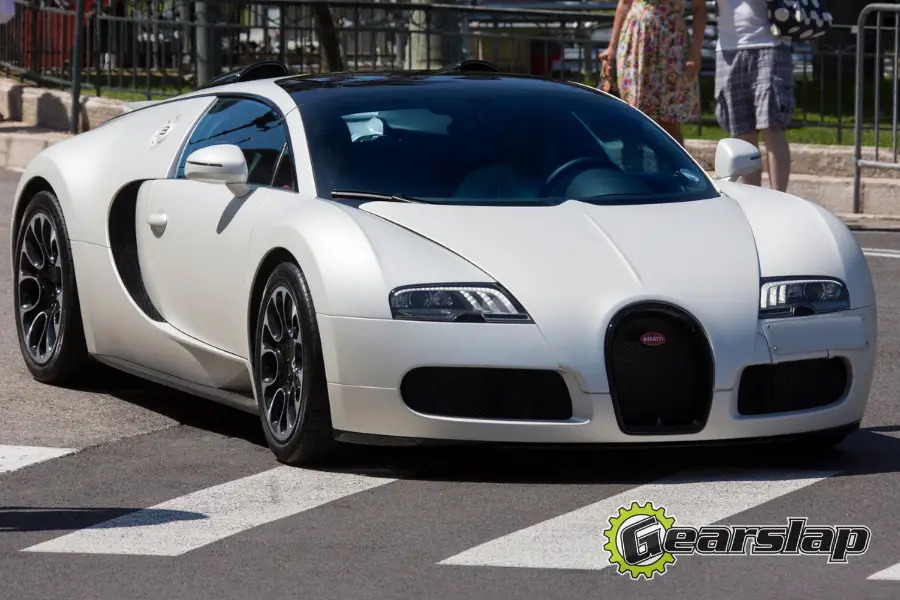
Just kidding, some people actually drive them – like the one above.
Bugatti’s Aren’t Illegal in the United States
A grand total of 450 Veyrons were produced over 10 years, and about 113 of them landed on the US shores. That should answer the question of “is it legal to drive a Bugatti in the US?” You might still be wondering because the rumors of the cars being illegal were so pervasive. Let’s put this to rest and answer the question of “are Bugattis illegal in the US?” Nope.
Bugatti’s are perfectly street legal in the US, but the twist on the story comes in the form of the car having to be made to U.S. government regulations in order to be legal for sale. The primary change has to do with the bumper requirements and small changes to the lighting.
You Can Find A Used One – Sometimes
Bugatti Veyrons are sold on the secondary market and typically through brokers or sellers of exotic vehicles. Its limited production resulted in each car having a small range of color options in solid and two-tone. The packages that were offered include:
- Veyron 16.4
- Veyron 16.4 Pur Sang
Really, A 16 Cylinder Engine?!?
The Bugatti’s engine is the real star of the show with an 8.0-liter, 16 cylinder-W engine with four turbochargers and 64 valves to produce 1,001 hp and 922 lb-ft of torque.
You might be wondering what the W stands for it means the configuration of the engine block is a W instead of a V. So it’s basically two V8 engines configured side-by-side.
Supporting the engine is a grand total of 10 radiators in the form of heat exchangers, three radiators for the engine, a radiator for the air conditioning, a radiator for the oil system, a differential oil radiator, and a transmission fluid radiator.
All of this is paired with a dual-clutch direct-shift 7-speed automatic transmission. This is not a car that’s meant to get high gas mileage as it reaches 5 MPG in the city and 15 MPG on the highway. This gnarly beast is built in-house, and by hand, at the Volkswagen Salzgitter engine plant, and the gearbox is made by Riccardo, an Italian manufacturer.
Sometimes European cars have to get a redesign to meet US safety standards, but there’s no difference between the Euro and US versions for the Veyron. The Chiron, however, got a couple of bumps in the bumper and an amber reflector to make them street legal.
What is the Bugatti Veyron Known For?
The Bugatti Veyron is known for being the ultimate supercar in terms of engineering, speed, design, and price. The Veyron has the distinction of being known as one of the fastest cars off a production line with no modifications. You are guaranteed to get your hair blown back with an acceleration time of 0-60 in 2.5 seconds and a top speed of 253 mph.
The body design is distinctive and bears little resemblance to any other supercar that’s been produced to date. Most supercars have a lozenge or wedge shape, but the Veyron looks more like a series of bubbles stacked together. This marriage of unique auto design and speed makes the Veyron the supercar that all other supercars aspire to be.
Known Issues With the Bugatti Veyron
Supercars are delicate machines that eventually have mechanical issues the same as an average car. The Veyron got recalls for corroding aluminum panels under the body that could fall off and weak jack plates. That meant the plates underneath the car could let go at any time, and jacking up the car for repair could result in the jack spearing the car.
Another recall involved the gas gauge that failed to show the actual level of gasoline in the tank. The gauge showed the tank as full at all times, potentially causing a Veyron owner to be left at the side of the road with a dry tank. This was poor oversight on VW’s part, considering the gas mileage of the Veyron averages 5 to 15 MPG.
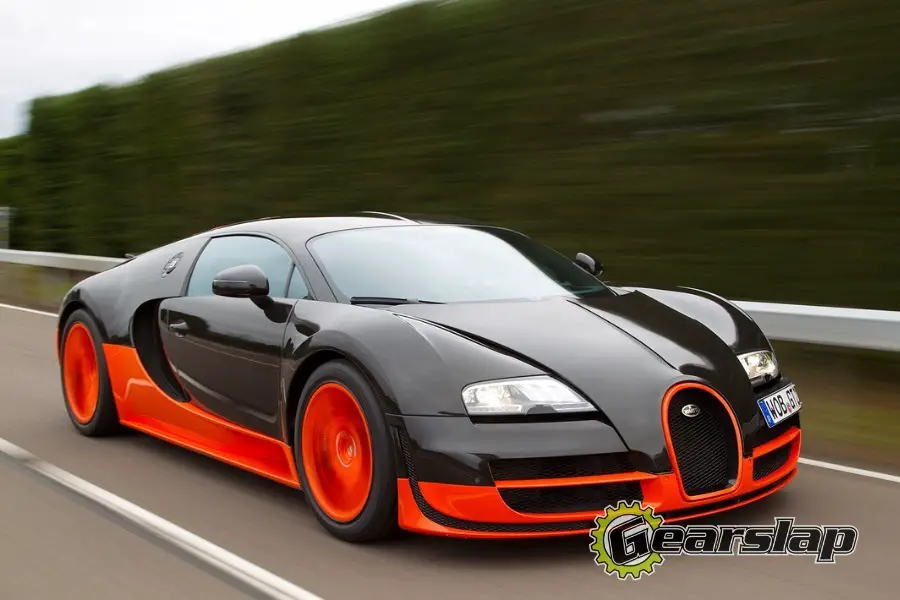
Why are Bugatti Veyrons so Expensive?
The original price of the Veyron came down to the high-tolerance engineering, premium components, and luxury materials required to make a production engine of this caliber and a body to match. A majority of the Veyron is built by hand which further increased the initial MSRP. The engine is built from titanium and aluminum parts that are machined elsewhere and delivered to an engine production room. It takes about a week to produce each engine before it’s installed into the car.
The brakes are another cost factor in the Bugatti Veyron. No production brake disc was sufficient to stop the car at its top speed, so a braking system had to be produced specifically for the car. Carbon-ceramic brakes, another hand-made component, are designed to withstand heat up to 1,800 degrees Fahrenheit, but an aerospace-designed rear wing is needed to assist the brakes in slowing the car down.
Only the best materials, electronics, and construction are used in the interior of the Bugatti Veyron. The interior is also assembled by hand and uses the finest leathers for the seats and interior trim with carbon fiber used throughout to reduce weight while imparting strength.
The average price of a Bugatti Veyron depends on the mileage and year it was built, but you can expect to spend $1,899,950 on a 2010 Bugatti Veyron with 6,061 miles. You won’t be finding a bargain price on a Veyron any time soon due to their scarcity and the fact there’s only a handful for sale on the market at any given time.
This amazing hypercar hit the market with a bang and was able to grab everyone’s attention – even those who normally have a hard time focusing.

